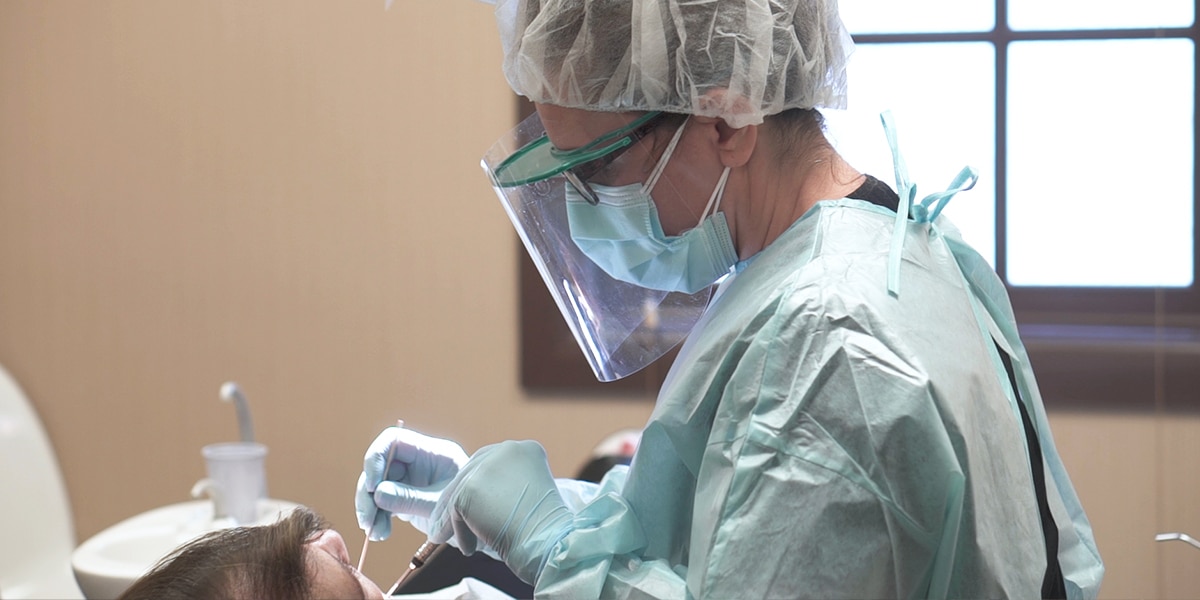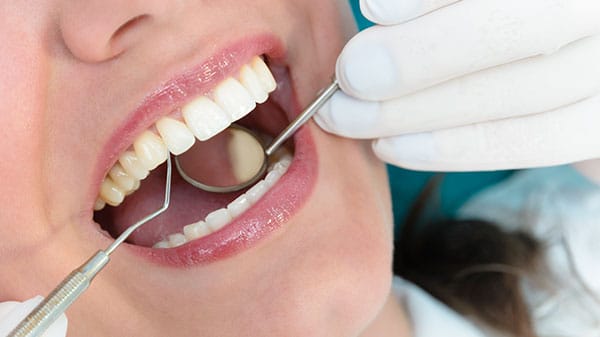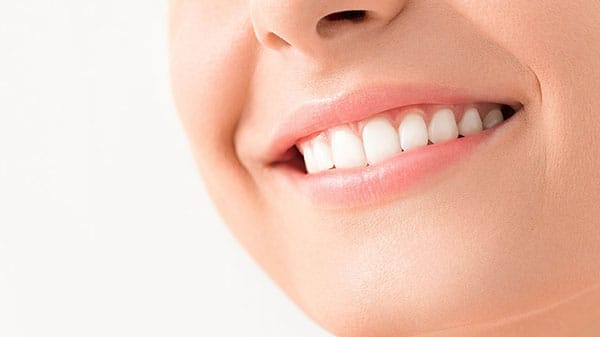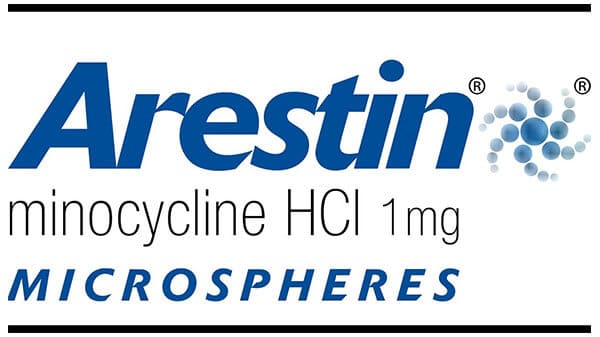Dental Hygiene

Home care is an extremely important part of maintaining healthy teeth and gums, but even excellent home care cannot prevent bacteria and plaque. If the plaque is not removed, it can harden, becoming calculus.
Our experienced dental hygienists offer exceptional dental hygiene to keep your smile healthy and to treat gum disease in the mouth. During your visit, our team will perform an oral examination as well as a dental cleaning.
We will recommend a maintenance program that is best for you based on how quickly you develop calculus and your past and current periodontal health.
Oral Examination & Dental Cleaning
A visual inspection is performed during an oral examination to detect normal and abnormal structures of the entire mouth, head, and neck. Along with radiographs, an examination detects cavities, abnormalities in existing dental restorations, gum and bone recession, and any other abnormal findings within the mouth, head, and neck.
A dental cleaning, also known as an oral prophylaxis, removes dental plaque and tartar (calculus) from the teeth. Specialized instruments are used to remove these deposits without harming the teeth gently. First, an ultrasonic device that emits vibrations is used to loosen larger pieces of tartar. Next, hand tools are used to remove smaller deposits and smooth the tooth surfaces manually.
Scaling and Root Planing

Scaling and root planing is a non-surgical procedure used to treat gum disease. During the scaling process, specialized dental instruments remove dental plaque and calculus from beneath the gums. Planing is the procedure used to smooth the tooth's root after the scaling process. Root planing helps the gums heal and reattach themselves to a cleaner and smoother root surface.


